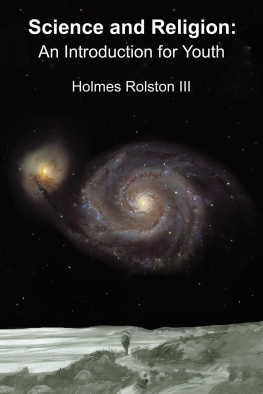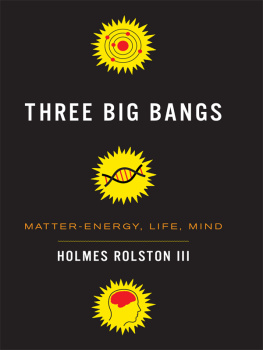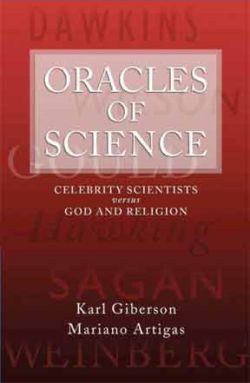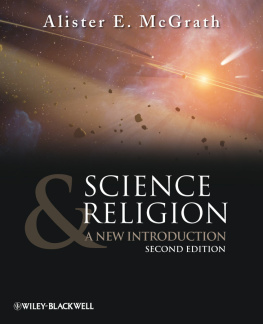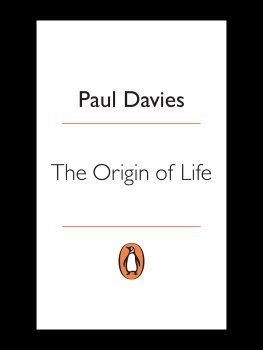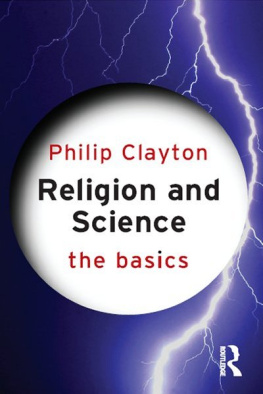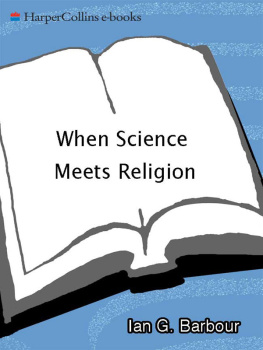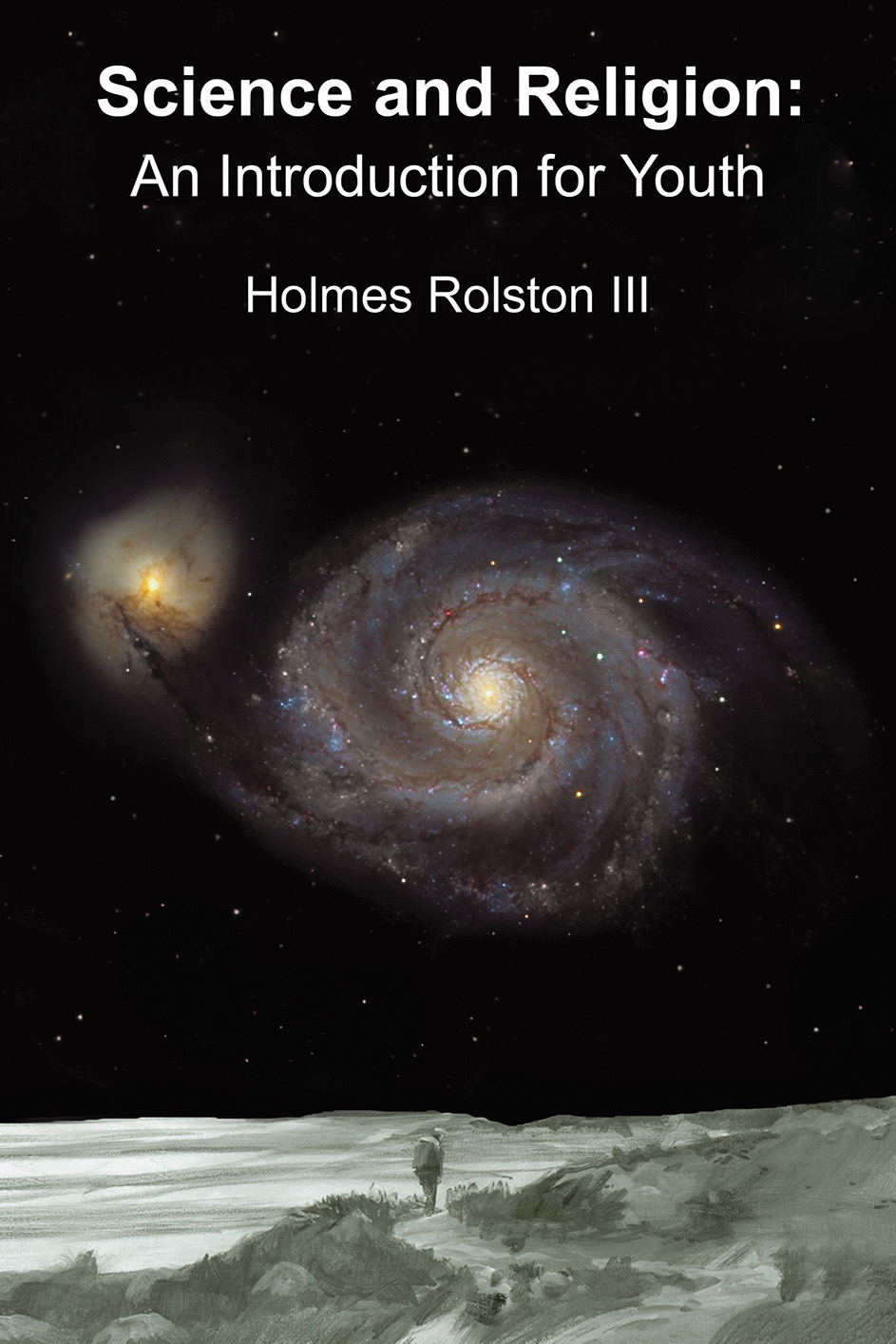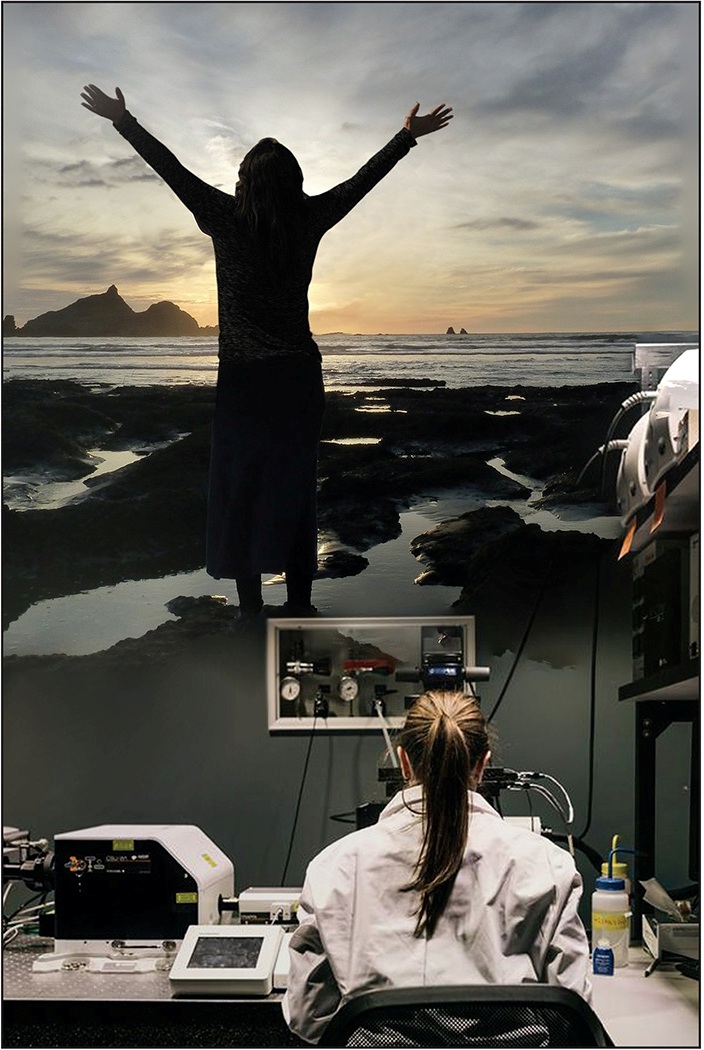Holmes Rolston III - Science and Religion: An Introduction for Youth
Here you can read online Holmes Rolston III - Science and Religion: An Introduction for Youth full text of the book (entire story) in english for free. Download pdf and epub, get meaning, cover and reviews about this ebook. year: 2019, publisher: Elm Hill, genre: Religion. Description of the work, (preface) as well as reviews are available. Best literature library LitArk.com created for fans of good reading and offers a wide selection of genres:
Romance novel
Science fiction
Adventure
Detective
Science
History
Home and family
Prose
Art
Politics
Computer
Non-fiction
Religion
Business
Children
Humor
Choose a favorite category and find really read worthwhile books. Enjoy immersion in the world of imagination, feel the emotions of the characters or learn something new for yourself, make an fascinating discovery.
- Book:Science and Religion: An Introduction for Youth
- Author:
- Publisher:Elm Hill
- Genre:
- Year:2019
- Rating:4 / 5
- Favourites:Add to favourites
- Your mark:
Science and Religion: An Introduction for Youth: summary, description and annotation
We offer to read an annotation, description, summary or preface (depends on what the author of the book "Science and Religion: An Introduction for Youth" wrote himself). If you haven't found the necessary information about the book — write in the comments, we will try to find it.
This is written for young people, grades 9-12, to read on their own, with others their age, as well as with parents and teachers.
How is the scientific method similar to and different from the way that Christians think? One tends to see what one is looking for. Those who think about religion also use such frameworks. They may call them creeds. Both science and religion open up big questions. Scientists seek causes; believers seek meanings.
The origin and creation of the universe displays some surprising features. Physicists have found dramatic connections between astronomical and atomic scales that combine to make the Earth and its life possible. The mid-range scales where the most complex things are found depend on the interacting microscopic and astronomical ranges. The universe is user-friendly.
Scientific concepts of the origin of life are very different from the Genesis creation stories. Genetics is about creating, storing, elaborating information. The Genesis stories are a parable that reveals the meaning of creation. Biological science does discover a wonderland Earth. The Genesis parable affirms a land of promise, today an Earth with promise.
The human mind is the most complex thing in the known universe. How much science of persons can psychologists have? Neuroscience has discovered remarkably plastic, flexible minds. Resolute behavior, especially in youth, re-shapes our minds. Humans have huge cognitive power gained by speech and language. Jesus teaches us to love God and neighbor. The two great commandments are not the facts of any science.
The knowledge and wisdom of past and present transmitted to the future in cultures is as important as what we inherit genetically. How are youth shaped by their rearing, by their peer groups? How do people behave socially in groups: government, politics, churches, economics, and business? Also, evaluating ethical responsibilities for love and justice demands religious and philosophical judgments.
Contemporary scientists have added a new science. What of artificial intelligence, of massive computing power? This aids science, makes possible new discoveries. Youth have pages on Facebook. They twitter. How will this behavior affect their adult character? Youth hear a lot about STEM - science, technology, engineering, math. Youth need faith and ethics to evaluate the values in STEM.
Natural and cultural histories require searching for meanings. History is more narrative, the stories of personal life that shape history: Abraham, Muhammad, Jesus, Martin Luther, Martin Luther King, Israel, England, America, and the Second World War Youth today will write the history of this first century of the new millennium, with challenges as painful as ever. To do that with justice and love, they need the wisdom of the Christian faith.
XX
Holmes Rolston III: author's other books
Who wrote Science and Religion: An Introduction for Youth? Find out the surname, the name of the author of the book and a list of all author's works by series.

